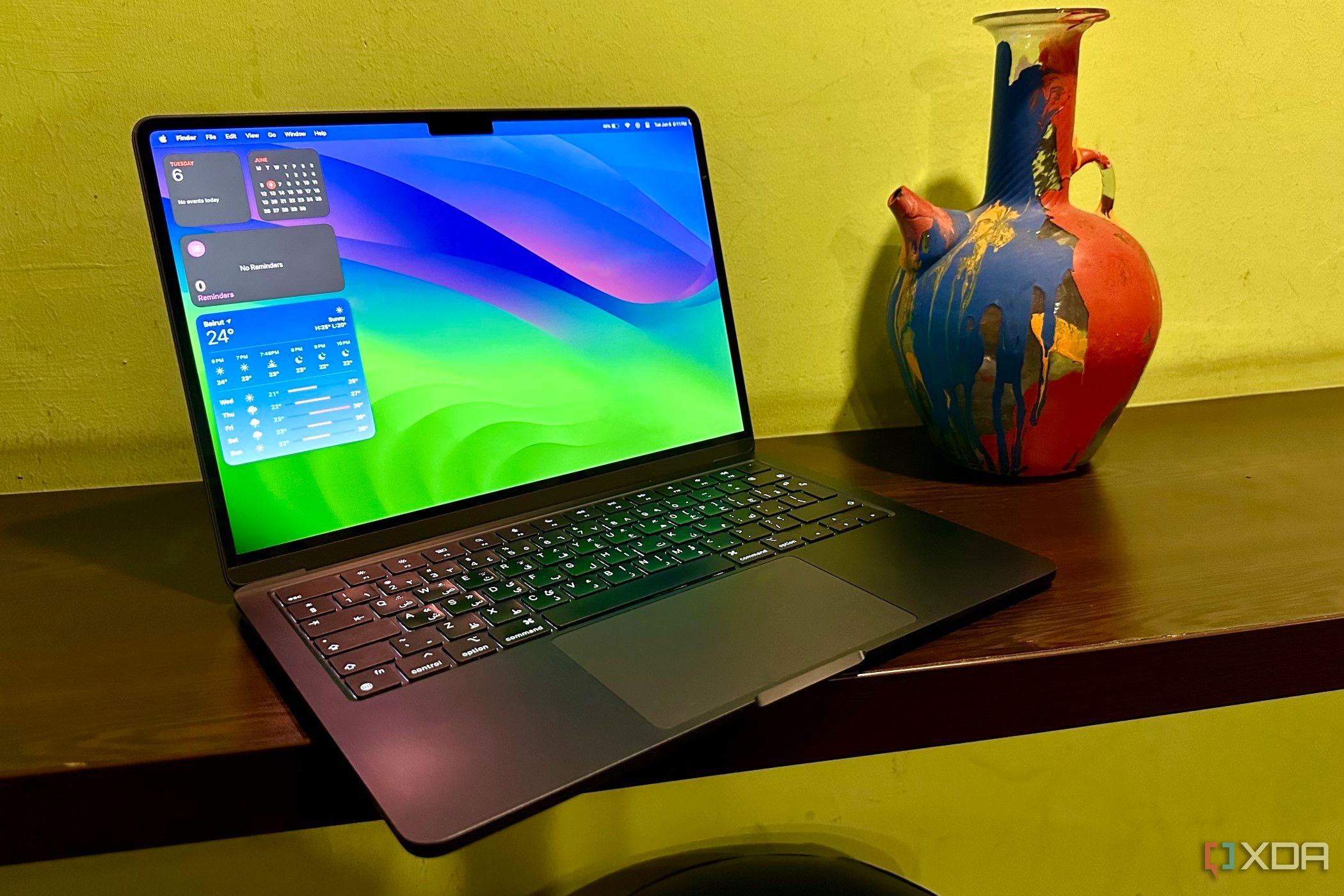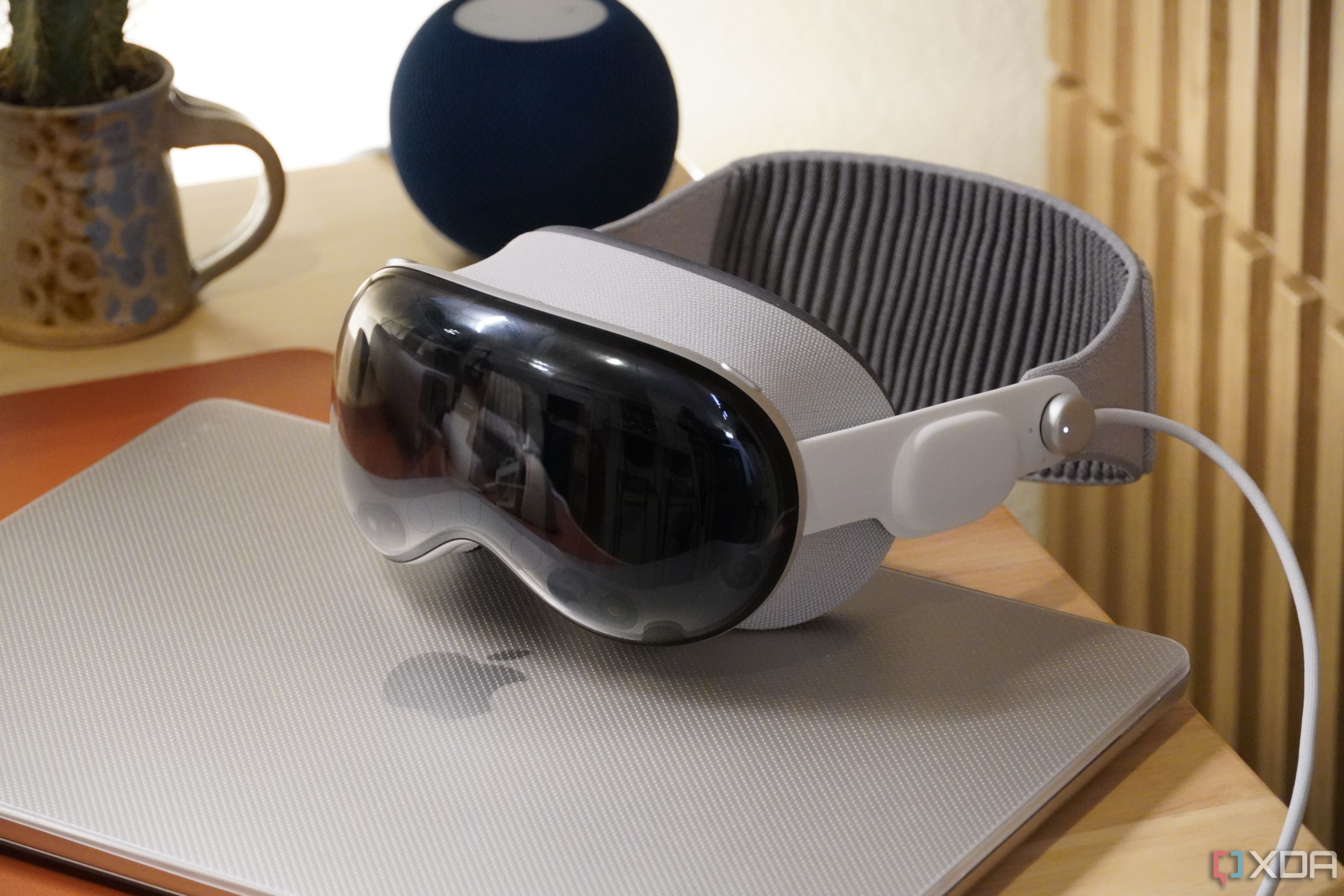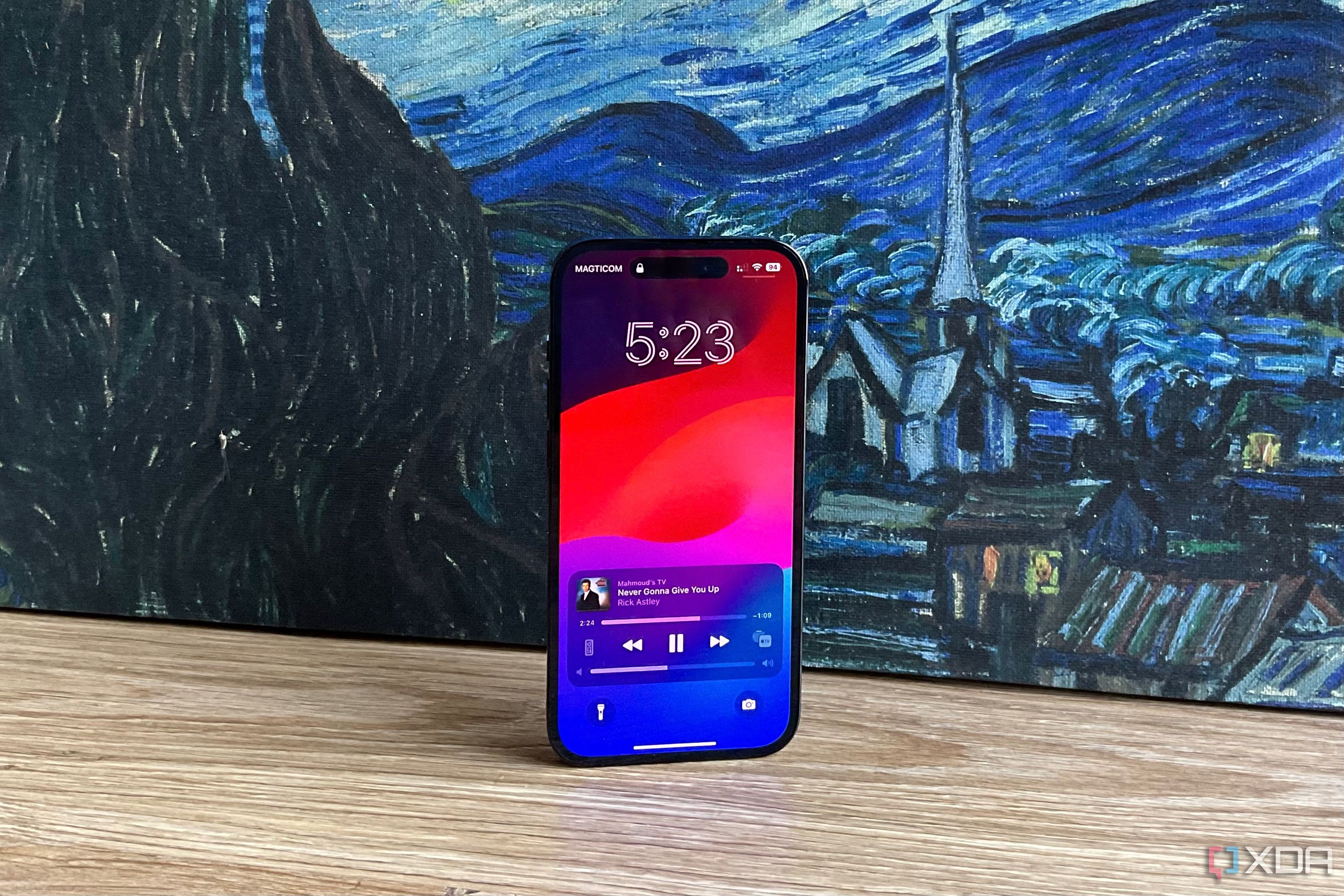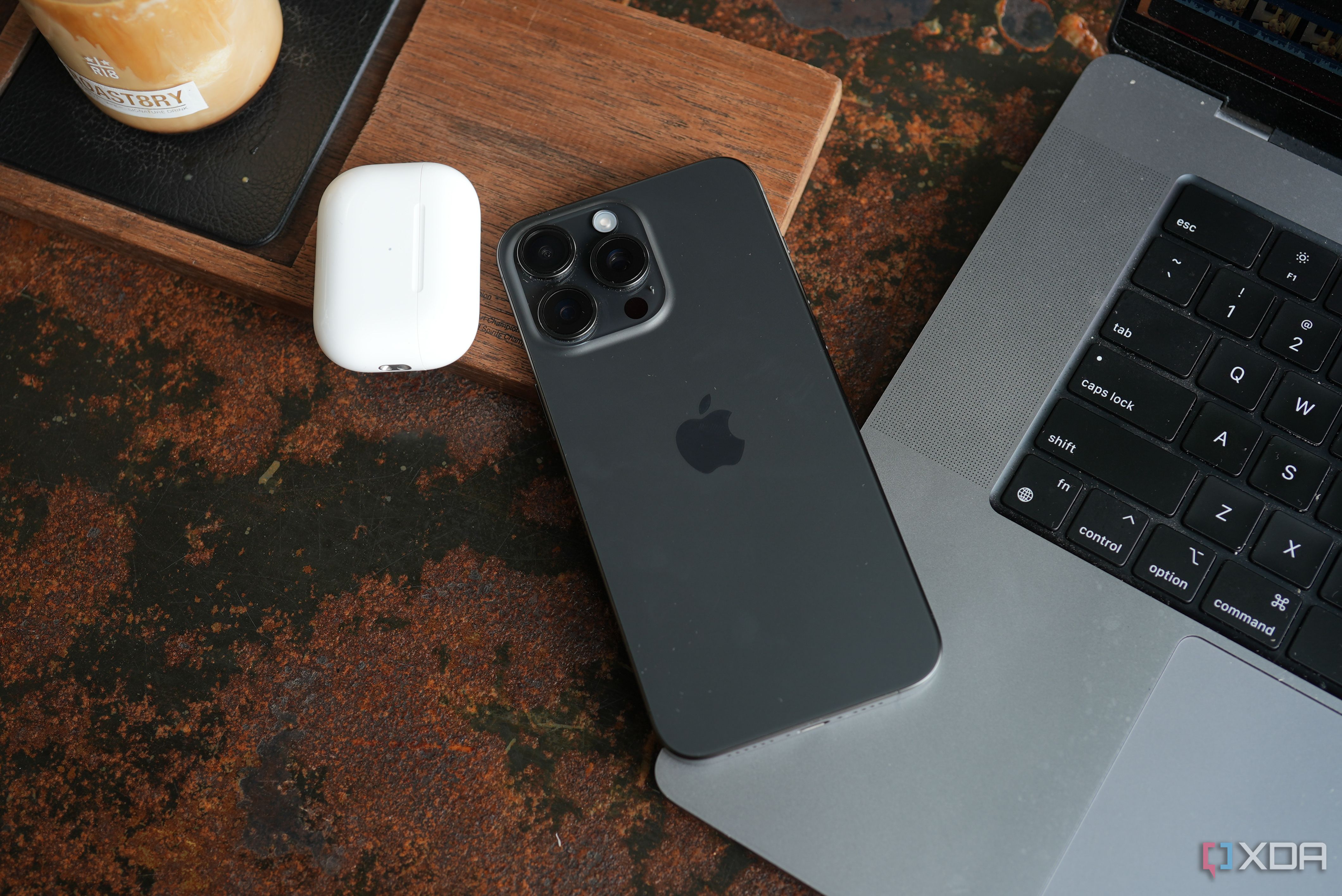Key Takeaways
- Apple is reportedly planning to significantly redesign iOS as early as this year, with macOS to follow as early as next year.
- macOS has already taken on an iOS-like appearance, but usability issues arose, impacting functionality.
- The upcoming redesign could reverse the negative changes to macOS or further imitate iOS, potentially affecting productivity and usability.
macOS users have long appreciated that the operating system, in their view, is more visually appealing than Windows. While Microsoft took a big step forward in modernizing the OS with Windows 11, macOS fans likely still prefer the look of macOS Sonoma. Although the macOS graphical user-interface has been colorful and well-designed for decades, there’s always been a core level of intuitiveness and functionality below the surface. That is, until recent versions of macOS. Apple shifted macOS to look more like iOS in the Apple Silicon era, and the OS has become less intuitive as a result.

macOS Sonoma review: The most polished Mac experience yet
The latest macOS update introduces handy new features, along with some visual changes.
Now, macOS seems to be at an impasse. Apple is rumored to be completely redesigning iOS this fall with the expected release of iOS 18. It’ll then give macOS the same treatment the following year, in what will likely be macOS 16. If the company doesn’t reverse some of the iOS-like changes it brought to macOS in recent updates, I’ll be extremely disappointed. A major update that makes macOS look even more like iOS and iPadOS would be a disaster for longtime macOS power users.
What the rumors say
Apple is reportedly planning to first overhaul iOS and then macOS
Bloomberg’s Mark Gurman, a very reliable source for Apple scoops, described the company’s view of the iOS 18 upgrade as “ambitious.” Gurman also noted that an iOS visual redesign is expected to come as early as this fall, with the expected release of iOS 18. However, he doesn’t think it will completely match the design language of visionOS. When Apple released its Vision Pro headset, it brought visionOS with it. The first version of visionOS is clearly a derivative of iPadOS, but has a more glassy and lifelike design, in part thanks to spatial, three-dimensional elements. While iOS isn’t likely to completely mimic visionOS, a pretty significant redesign is expected.
1:38

Apple Vision Pro review: It’s a half-baked glimpse of the future
Spatial computing might be the future, but Apple Vision Pro is more of a proof-of-concept in its current state than a product people should buy.
Here’s the interesting part: Gurman expects Apple to redesign macOS in either 2025 or 2026. That would line up with the macOS 16 and macOS 17 releases, which won’t get their California landmark names until their WWDC showcase. This tracks with Apple’s prior history of adding features to iOS and iPadOS before macOS. Take widgets, for example. They debuted on iOS 14, then iPadOS 15 a year later, and finally on macOS Sonoma two years after that. So, it’s reasonable to assume the visual iOS redesign could similarly affect macOS in the future. But I really hope it doesn’t.
macOS already looks more like iOS and iPadOS
The new System Settings app, control center, and Stage Manager are examples
iOS has directed the design and functionality of macOS for years, but Apple’s mobile design language really took over its desktop operating system around the time the company started using Apple Silicon in the best Macs. You can see this in both the way macOS looks and the way it behaves. Starting with the design, macOS’ circular icons were ditched in favor of squircles, resembling iOS. The operating system also became more rounded overall, and Apple started rounding the top corners of its laptop displays. These kinds of changes aren’t a problem, because they only affect the way macOS looks and not how it performs. Plus, visual continuity across Apple platforms is a net positive change.

iOS 17 review: The bubble is now greener on the other side
Apple is embracing its tight ecosystem with this release, further alienating Android users in the process.
The real issue is that these design changes have spilled out into macOS’ functional user-interface. The worst offender is the new System Settings app, which looks like a carbon copy of the iOS app. It replaced the System Preferences app, designed for macOS first and foremost, and ditched the things that made System Preferences so useful. Apple’s choice to make System Settings look more like iOS is a classic example of how usability suffers when you choose form over function. That’s how you end up with a computer settings app that lists display controls at 17th from the top and keyboard settings at 29th. What’s above it, you might ask? Just ever-important computer settings like notifications, Focus, and Screen Time.
I have no problem with Apple making macOS look more like iOS. In fact, I prefer the modern and rounded appearance of recent macOS versions. But when these visual changes start hindering performance and intuitiveness, they must be stopped. Power users that have been using the OS for years or decades know it inside and out. Even for people new to macOS, it’s pretty easy to pick up — at least as far as the basics go. Apple could easily ruin a good thing by letting its design goals make macOS worse for productivity.
The rumored changes could go either way
Apple could make macOS right, or it could devolve further into iOS
We don’t know a lot about Apple’s precise plans for the future macOS redesign. It’s clear that it could go in one of two directions, though. Apple could fix some user complaints, like the System Settings app, while giving macOS a facelift. Or, it could continue making macOS look like iOS with little regard for how it might impact productivity and usability. The latter path would be a disaster, and that isn’t an overstatement. Apple makes great computers, but they’re only as good as the software that runs on them.
[ad_2]





